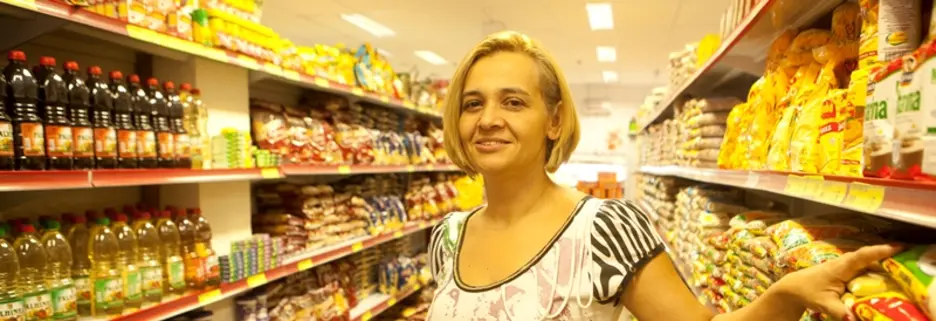What happens when low-income people's disposable income increases?

[caption id="attachment_3354" align="alignright" width="300"] What does the base of the pyramid spend on?[/caption]
What does the base of the pyramid spend on?[/caption]
The majority of people who live the BOP in Latin America have seen their disposable incomes grow in the last decade. As a consequence, this segment is starting to spend in goods and services that were previously unattainable, like quality health. As their earnings increase, people at the BOP start to consider health a priority expense, opening the door to businesses interested in serving this market. If your company wants to be at the forefront in the health sector, consider these three business insights that will help you better understand the base of the pyramid:
- BOP-oriented businesses should target women. According to the World Bank study Work & Family, nearly 70 million women have entered the work force (informal and formal) since 1980. Additionally, girls today are more likely to be enrolled in school than boys. As more women, including those at the base of the pyramid, are better educated and earning an income of their own, their health and that of their children will be an expense over which they have a say. This is a social development that health companies should take into account if they want to succeed at the BOP in the long-term.
- There is an opportunity for infant-oriented health services. Focus groups held by the Inter-American Development Bank’s Opportunities for the Majority department with BOP households in Peru and Mexico in 2014 showed that BOP parents prioritize their children’s health and are willing to spend more money to go to a private doctor if necessary. Interestingly, this changes after the kids reach the age of five. There is a huge opportunity for companies to provide health services to the infant population. Business can certainly leverage the willingness of BOP parents to allocate resources to their children’s health by providing better, affordable services as well as investing in prevention.
- Pharmacies in BOP neighborhoods are crucial for market penetration. Pharmacies in low-income neighborhoods in Latin America and the Caribbean have become key distribution channels of generic drugs and basic health services. BOP-oriented pharmacies sell generics per unit as opposed to in bulk, which suits BOP families that plan their budgets on a weekly or daily basis. Purchase of generics is mostly an out-of-pocket expense for these families. Pharmacy clerks are trusted members of their local BOP communities and customers follow their advice regarding cures for minor diseases and the purchase of basic medications. Focusing on the role pharmacies and pharmacy clerks play in these communities offers a road map for companies interested in better, effective market penetration at the BOP.
These are only a few of the many business insights and ideas that can help business better understand the BOP market and the consumers in this segment in the health sector. During the BASE III Forum companies, entrepreneurs and practitioners will share how they have accomplished financial and social returns serving the BOP. Don’t miss it!
LIKE WHAT YOU JUST READ?
Subscribe to our mailing list to stay informed on the latest IDB Invest news, blog posts, upcoming events, and to learn more about specific areas of interest.
Subscribe



